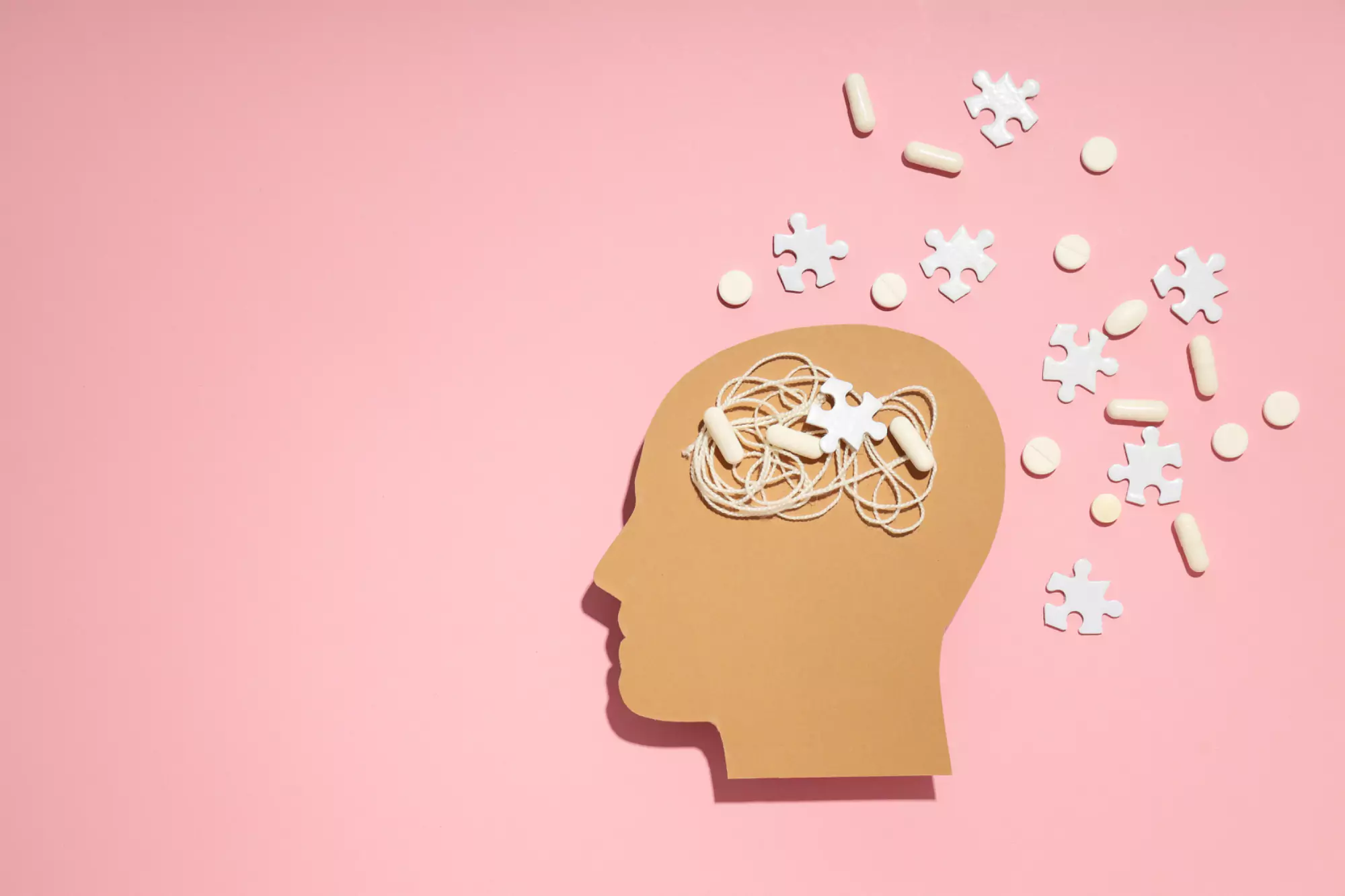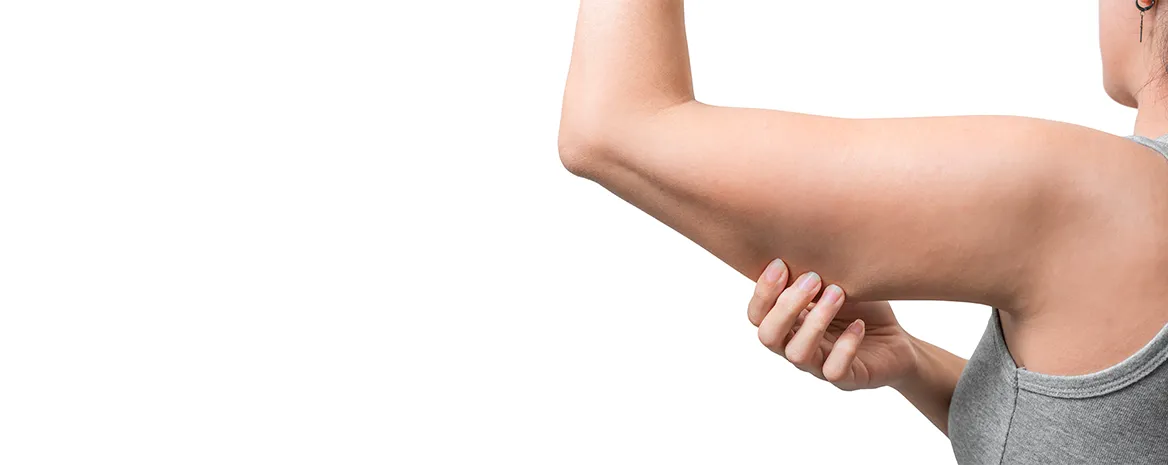Exploring ADHD Treatment Abroad: A Complete Guide

Attention Deficit Hyperactivity Disorder (ADHD) is a common condition that affects millions of people around the world. It is estimated that about 5% of children and 2.5% of adults live with ADHD.
This neurodevelopmental disorder causes ongoing challenges with inattention, hyperactivity, and impulsivity, which can make daily life, school, and work more difficult.
While there is no exact cure of ADHD, there are many innovative approaches available for managing its symptoms. Let’s have a closer look at global ADHD treatment options.
1. Pharmacological treatments
Medication is often the first step in managing ADHD symptoms. Pharmacological treatments can be categorized into stimulants and non-stimulants.
Stimulant medications
Stimulants are among the most effective ADHD medications for managing symptoms in both kids and adults. These drugs increase dopamine and norepinephrine activity in the brain, which helps improve focus and impulse control.
Some examples include:
-
Methylphenidate (e.g., Ritalin, Concerta)
-
Amphetamines (e.g., Adderall, Vyvanse)
Research shows that stimulants can reduce ADHD symptoms in 70-80% of children. Methylphenidate is often preferred for kids, while amphetamines are favored for adults due to their longer-lasting effects.
Side effects of stimulants
While stimulants are effective, they may cause side effects such as:
-
Insomnia or disrupted sleep
-
Decreased appetite and weight loss
-
Mood swings or irritability
-
Stomachaches or headaches
-
Increased heart rate or blood pressure
Severe side effects, such as hallucinations, are rare and require immediate medical attention.
Non-stimulant medications
Non-stimulants are prescribed when stimulants are not effective or cause adverse side effects. These medications generally take longer to work but offer a more stable effect.
Some of the common non-stimulants are:
-
Atomoxetine (Strattera), which targets norepinephrine
-
Guanfacine (Intuniv) and Clonidine (Kapvay), which act on brain receptors to improve attention and reduce hyperactivity
Side effects of non-stimulants
-
Fatigue or drowsiness
-
Low blood pressure
-
Nausea or stomach discomfort
-
Irritability or mood swings
Want to take the first step toward better ADHD management? Contact QCG today, and let us guide you to top-notch specialists worldwide.
Managing ADHD without medication
Can you manage ADHD without medication? Absolutely. Many people find success using non-pharmacological approaches, either alone or in combination with medication.
Some of the common approaches are:
Behavioral therapies
Behavioral therapies are powerful tools for managing ADHD. They focus on building practical skills and coping mechanisms to tackle everyday challenges.
Cognitive behavioral therapy (CBT)
CBT helps individuals with ADHD develop organizational skills, manage emotional dysregulation, and address negative thought patterns. This therapy is especially beneficial for adults managing workplace and relationship challenges.
Parent training
Parent training programs teach caregivers how to manage challenging behaviors and foster a supportive environment for their child. These programs include strategies for improving communication, using positive reinforcement, and managing ADHD-related behaviors at home.
Family training
ADHD affects the entire family unit. Family training helps family members understand the condition, which can reduce frustration and improve communication. It also helps build a cohesive and supportive environment for the child or adult with ADHD.
Social skills training
People with ADHD often find social situations challenging. Social skills training helps them improve their ability to start conversations, understand body language, and build connections with others. It’s a great way to boost confidence and make social interactions easier
Mindfulness and yoga
Mindfulness and yoga are becoming popular ways to manage ADHD symptoms. It helps individuals stay present and calm, reducing impulsivity and improving focus. Yoga adds movement to the mix, combining stretches and breathing techniques that help release stress and promote relaxation.
These practices are simple to incorporate into daily life. A quick five-minute breathing exercise or a short yoga routine can work wonders for calming a busy mind. Plus, they’re accessible for all ages, making them a great option for kids and adults alike.
Diet
Your diet has a huge impact on your mental health. A healthy diet rich in whole grains, fruits, vegetables, and omega-3 foods like fish can improve brain function. These nutrients are important for better focus and emotional balance, which are important in managing ADHD symptoms.
It’s also helpful to cut back on processed foods, sugary treats, and artificial additives, as they can sometimes increase hyperactivity. Opting for healthier food choices can support your overall well-being and work alongside other treatments.
Neurofeedback
Neurofeedback is another non-medication treatment for ADHD. This therapy trains the brain to regulate its activity. During neurofeedback sessions, people receive real-time feedback on their brainwaves while completing tasks on a computer. Over time, this helps learn how to control brain activity to improve focus and self-control.
Neurofeedback has shown promising results, especially in children. It’s non-invasive and doesn’t come with the side effects of medication, making it a popular alternative for families.
Digital therapeutics
With advancements in telehealth, individuals can now access online ADHD treatment, making professional care more accessible than ever. There are digital therapeutics—online tools and apps that can help with focus, self-regulation, and other skills. These tools are interactive and often use games and exercises to make treatment fun and engaging.
For example, EndeavorRx is an app approved by the FDA to help children with ADHD by using game-like activities to improve attention. They are a great option for people who want to manage ADHD from the comfort of their homes.
ADHD treatment abroad
ADHD treatment looks different around the world, shaped by cultural norms, healthcare systems, and available resources. In the U.S., treatment often combines medication, therapy, and digital tools. Stimulants like Adderall are widely used, and online platforms are making care more accessible, though the high cost remains a challenge.
In Canada, the focus is more holistic, blending medication with parent training, school accommodations, and lifestyle changes, all supported by universal healthcare. In Europe, therapy is usually the first choice, especially for children. The UK emphasizes behavioral therapies before medication, while Scandinavian countries focus on family-centered approaches and dietary changes.
Asia blends modern medicine with traditional practices like yoga and acupuncture. In India and China, awareness is growing, though stigma still creates barriers. Japan focuses heavily on behavioral therapies and school-based support. Australia and New Zealand prioritize early intervention and family-focused care, combining medication and therapy with public awareness campaigns.
In Latin America, ADHD care is expanding, with family and community support playing a vital role, though rural areas often face resource shortages. Africa faces similar challenges, relying on grassroots efforts and education campaigns to increase awareness. In the Middle East, ADHD care is slowly advancing, with schools and parent training becoming more involved, although stigma remains an issue.
Seeking ADHD treatment abroad can be an excellent option for accessing specialized care, saving money, or exploring innovative therapies. Countries like India, Mexico, and Thailand offer affordable, high-quality treatment options. Just be sure to check the clinic’s credentials and consider language and travel costs.
For expert guidance, Quality Care Global (QCG) connects you to world-class ADHD treatment options tailored to your needs.

